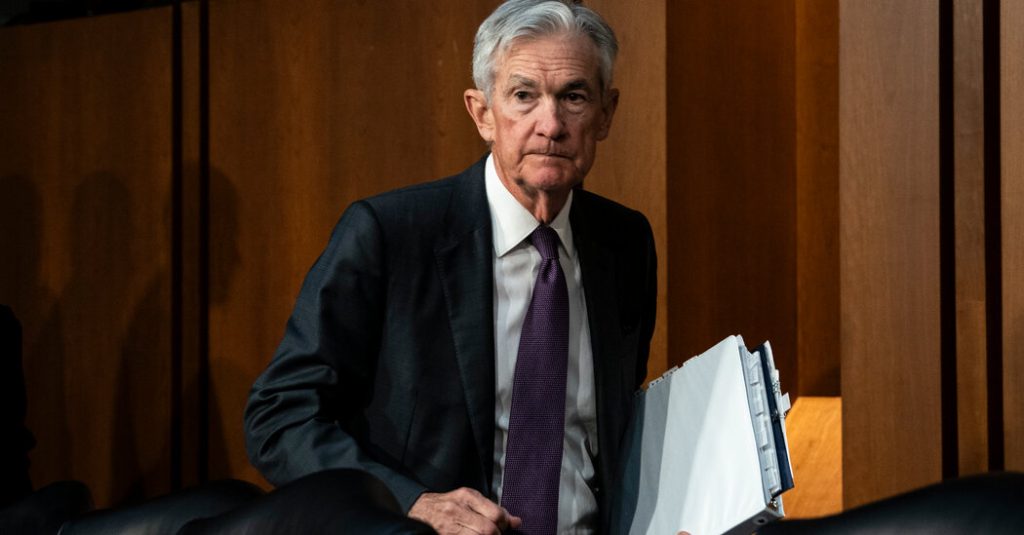Federal Reserve Maintains Interest Rates Amid Economic Uncertainty
The Federal Reserve opted to keep interest rates steady on Wednesday for the second consecutive meeting, adhering to its earlier prediction of two more rate cuts this year, while preparing for potential rises in inflation and a slowdown in economic growth.
The decision to maintain interest rates within a range of 4.25% to 4.5% extends a hold that started in January after a series of cuts in late 2024 that reduced borrowing costs by a full percentage point.
During this unpredictable economic period, marked by numerous policy changes from President Trump since he reclaimed the presidency in January, the central bank faces challenges in controlling persistently high inflation. It must navigate these changes carefully to avoid disrupting what appears to be a stable labor market.
In an official statement, the Fed acknowledged that “uncertainty around the economic outlook has increased,” even while expressing optimism about the economy’s condition. It reported that economic activity continued to grow at a “solid pace,” with the unemployment rate remaining low, although inflation levels were deemed “somewhat elevated.”
Fed officials presented new economic projections that reflect an evolving outlook, considering the effects of Trump’s economic policies. Most officials still anticipate a decrease in interest rates to a range of 3.75% to 4% this year, as indicated in December projections. However, eight policymakers predict that there will either be no further cuts or only one, while just two believe rates will drop by 0.75 percentage points.
Most Fed officials now forecast that by the end of 2026, interest rates will further decline by half a point, reaching between 3.25% and 3.5%, and will ultimately settle around 3% by 2027. They revised their economic growth expectation down to 1.7% for the year, from an earlier estimate of 2.1%, with predictions of the unemployment rate climbing to 4.4%. Their forecasts for core inflation, which excludes volatile food and energy prices, were raised to 2.8%, up from a prior estimate of 2.5%.
These projections are significantly influenced by uncertainties surrounding the implementation of Trump’s policies and their impacts on businesses and consumers. The Fed aims to hold steady on interest rates until there is clearer evidence that inflation is moving back towards the 2% target or indications of severe economic downturns.
As tariffs on a variety of imports are implemented, concerns arise that these measures, along with cuts in government spending and immigration policies, could increase persistent price pressures and derail the economy. While tax cuts and deregulation may support growth, the Fed remains focused on evaluating the overall effects of government actions. Recent surveys indicate that public sentiment regarding the economic outlook has started to decline, with rising expectations for inflation. Notably, Trump’s administration has acknowledged the possibility of a recession, which has caused ripples in financial markets and raised additional challenges for the Fed as it tries to balance its inflation control mandate with maintaining a robust labor market.
Additionally, the Fed announced plans to gradually slow the reduction of its $6.8 trillion balance sheet to mitigate potential market disruptions stemming from the ongoing debt ceiling debate, limiting the amount of Treasury securities to roll off its balance sheet to $5 billion monthly, down from $25 billion. The monthly cap for mortgage-backed securities remains unchanged. Notably, Governor Christopher Waller opposed this decision.



